Influencer marketing - From short-term influence to long-term impact
Find a group of individuals with some social following, engage them for a fee so that they talk about your brand to tactically support a campaign. Influencer marketing has largely remained unchanged in the decade or so that the trade has been around. It’s time brands used influencer marketing as a strategic weapon, not as a tactical ploy.
Please! Let’s take these gift vouchers out, we requested our client - as we put the finishing touches on our first ever influencer (or bloggers as they were called in 2009) marketing campaign. Influencers it was thought would write about brands or products purely because they found them interesting and talkworthy. Blogging was their passion and they couldn’t be “bribed” to write about stuff. If they found something interesting , they would feature it on their blogs, but paying them? No way.
It’s 2018, and the influencer based economy has come a long way. According to California based marketing agency Mediakix - influencer lead marketing spends by brands on Instagram alone topped the $1 billion mark in 2017. Today it’s not uncommon to have a twenty something influencer based out of Mumbai with 500K followers on Instagram ask you to fork out a few lakhs for an activation program.
Across many categories influencer marketing is a real deal. Fashion, beauty, food, travel, technology are some categories where influencers have made a huge impact. Vineet Rajan the founder of Indiblogger was one of the early believers of the power of influencer marketing. Just out of college, Vineet realised the potential of aggregating bloggers on a platform and so he set up Indiblogger in 2007. Through the years he and the Indiblogger team has worked with a lot of brands to bring the power of influencers and their voices as a media channel to support brands.
One of my early learnings about this new field of marketing was to move away from using influencer marketing as a tactical activity to support a campaign, to one where the brand and its digital agency took a long-term view. Putting a few thousand Rupees aside and getting a few socially connected folk to talk about a brand is easy, but using influencers and their authenticity to build long-term associations that are mutually rewarding for both parties is where this form of marketing needs to move into.
Because young people have altered their media consumption habits dramatically in the last decade - moving away from watching TV, to ad-free services like Netflix, premium Hotstar accounts and Ad Block enabled Youtube. From reading fashion and general interest magazine to scrolling through the endless feeds supported by WhatsApp, Facebook, Pinterest and Instagram there is a need to find new ways to connect with this demographic who have the spending power and the interest to experiment with their purchases.
Influencer marketing needs to move away from remaining a tactical oneoff activity, or one that is an afterthought in many campaigns today and become a structured, long-term strategy for brands. Marketers need to building relationships with influencers, big and small and work with them to develop stories for brands that play out month on month, year on year.
Brands need to recognise influencers as new micro-magazines. New age documentary makers for byte sized content, that play out on social media networks. Together brands and agencies have to find ways to measure the impact that influencer marketing is having on brands. Binging in a cliché about digital marketing, on how every cleck is measurable, every share traceable – the time is now to usher in the next level of this wonderful, people enabled marketing and move it into a science.
(The Author is Nishad Ramachandran, Vice-President and Head, Digital Experience of Hansa Cequity, a leading customer & data-driven marketing company out of India).







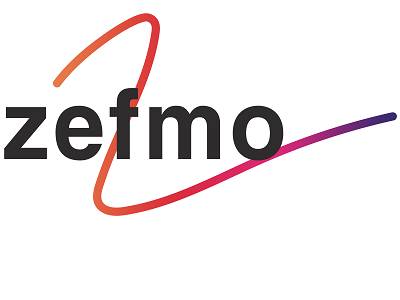
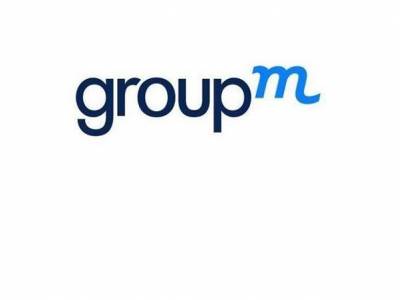
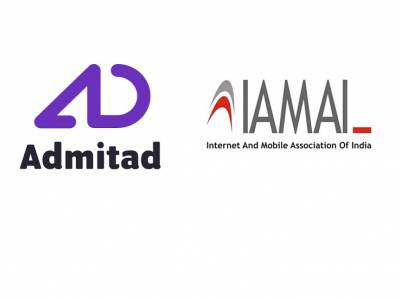

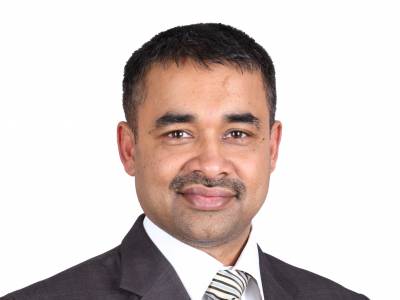
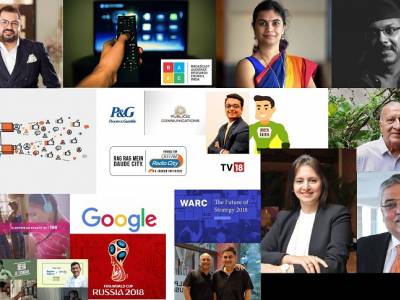
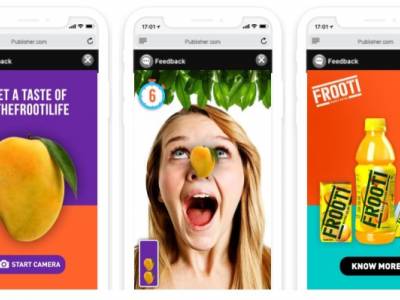

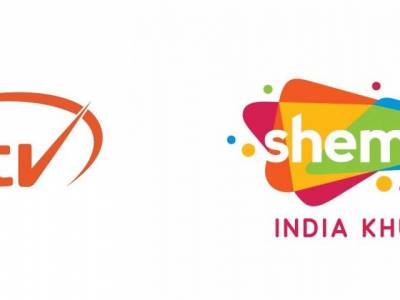

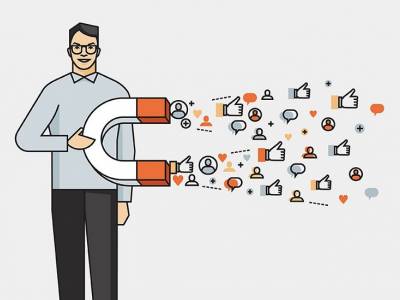



Share
Facebook
YouTube
Tweet
Twitter
LinkedIn